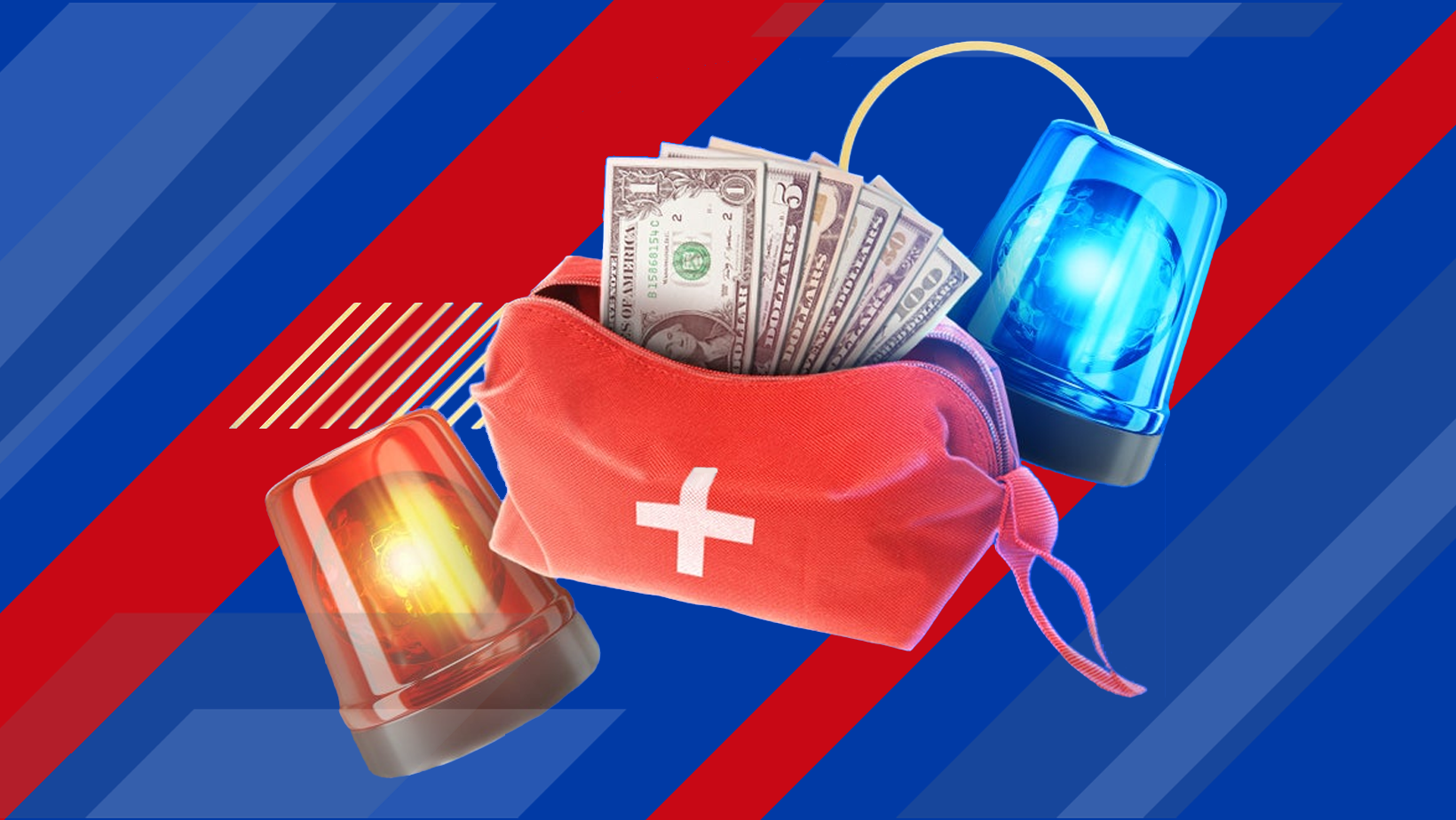Emergency Savings of $2,000: A Key Milestone for Financial Resilience in the U.S.
The New Emergency-Fund Reality for American Households
Why the $2,000 Threshold Matters for Insurance Professionals
For years, the standard advice around emergency savings has centered on three to six months of living expenses. While that long-term target still matters, new research shows that a far more modest number is playing an outsized role in household financial stability: $2,000.
This figure reflects the median cost of common financial shocks. Think car repairs, urgent medical visits, appliance breakdowns, or minor home damage. These aren’t catastrophic events, but they are frequent, and they routinely push consumers toward high-interest credit when savings are thin.
“Just $2,000 set aside dramatically reduces the odds that a family will fall into a debt cycle after a financial shock.”
Financial Resilience Researcher
For the insurance industry, understanding why this benchmark matters opens doors to better client conversations, smarter product design, and more empathetic guidance.
A Cushion That Matches Real-World Risk
While $2,000 may be below traditional emergency-fund doctrine, it’s a number rooted in reality. It often matches the deductible on a home or auto policy and sits close to typical out-of-pocket medical costs. For many families, this is the difference between managing an event calmly or facing weeks of financial strain.
Yet, many Americans aren’t hitting it.
-
74% of Gen Z lack $2,000 in accessible emergency savings
-
61% of millennials fall short of the same threshold
-
Even among households earning $100,000 or more, almost 40% still don’t have it
These figures paint a picture of growing financial vulnerability. Inflation, rising household expenses, and higher insurance premiums are tightening budgets. Auto insurance alone has increased 64 percent over the last five years, shrinking the financial margin for millions.
The Psychological Power of a Safety Net
Financial well-being isn’t just about spreadsheets. There is a measurable emotional lift that comes from having even a modest emergency cushion.
Individuals with $2,000 set aside report greater confidence in meeting financial obligations, less anxiety about the future, and stronger optimism overall. It creates breathing room. The kind of breathing room that helps consumers think clearly when they’re filing a claim, reviewing coverage, or weighing a deductible decision.
“A small buffer changes how people approach risk. It changes how they feel about every decision that touches their insurance coverage.”
Consumer Behavior Analyst
Why Insurance Professionals Should Care
Emergency savings and insurance design share a common goal: protecting households from financial harm. When consumers don’t have cash reserves, even small insured losses feel overwhelming. That leads to:
-
Higher reliance on credit
-
Delayed repairs
-
Under-insurance due to cost concerns
-
Lower satisfaction during claims
-
Greater financial fragility overall
For insurers and agents, understanding the $2,000 benchmark helps frame better recommendations. It also helps explain why deductible choices matter and how financial preparedness strengthens the customer experience.
The Rise of Employer-Sponsored Emergency Savings
One of the most encouraging trends is the growth of workplace emergency-savings accounts. Employers increasingly recognize that financially stressed workers face higher absenteeism, higher turnover, and lower productivity.
These programs encourage steady, automatic saving, and they mirror the structure of workplace retirement plans. This shift gives insurers an opportunity to collaborate on benefit design and education that supports both protection and preparedness.
The Real-Life Challenge: Keeping Savings Intact
Even those who reach the $2,000 goal often struggle to maintain it. A surprise tax bill, a broken HVAC unit, or a brief loss of income can wipe out reserves in a matter of days. Rebuilding takes time and consistency.
This is where insurance guidance becomes invaluable. Clear conversations about deductibles, out-of-pocket exposure, and coverage gaps help consumers avoid draining their reserves unnecessarily.
A Practical Benchmark for a Shifting Economy
Today’s economic environment makes the $2,000 savings threshold particularly relevant. Rising premiums, inflation, and shifting employment patterns mean households face more frequent and more expensive disruptions. For insurance professionals, recognizing this benchmark can support:
-
Better client education
-
More realistic financial planning discussions
-
Product development aligned with real consumer behavior
-
Stronger partnerships with employers offering financial-wellness benefits
The $2,000 figure isn’t a replacement for traditional emergency-fund planning. Instead, it’s a critical stepping-stone that aligns with the risks consumers face every day. And for the insurance industry, it offers a grounded, relatable way to help clients build resilience one attainable milestone at a time.


